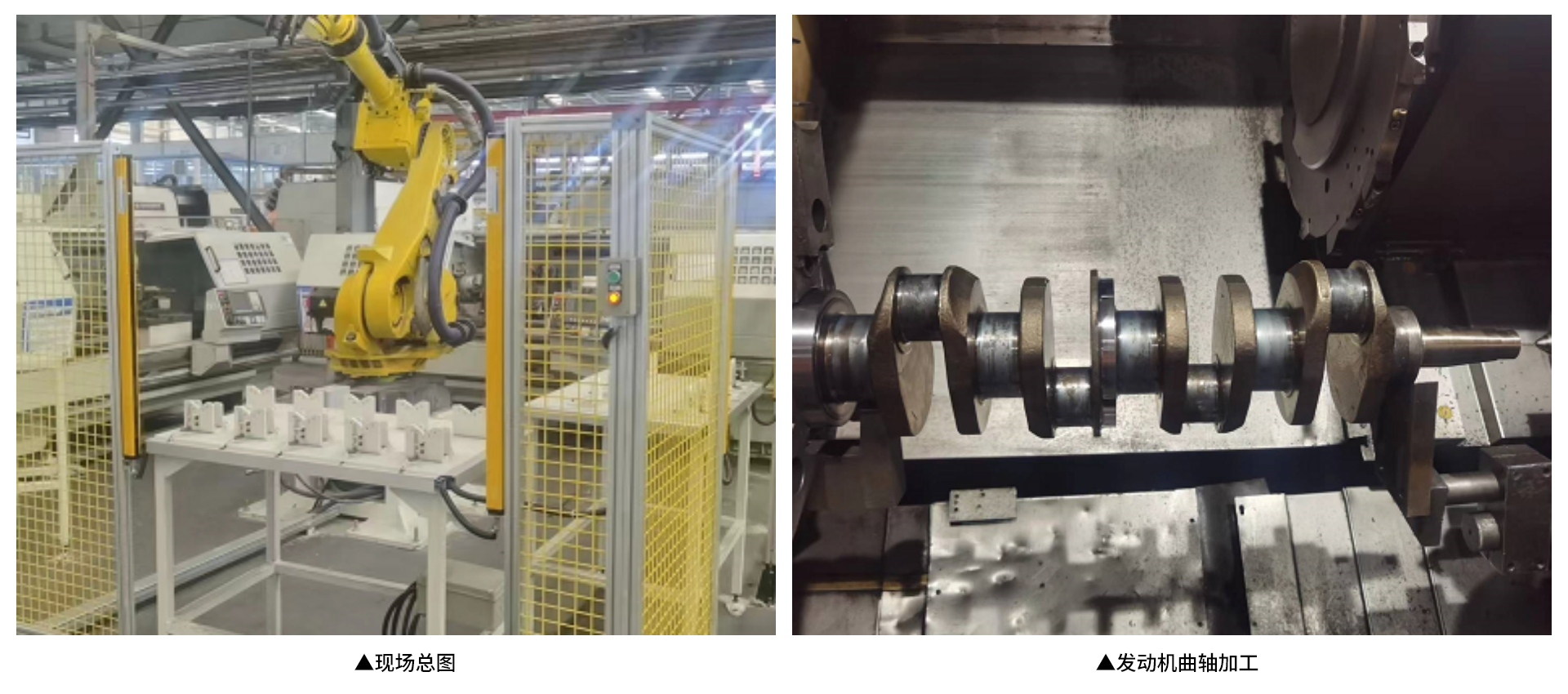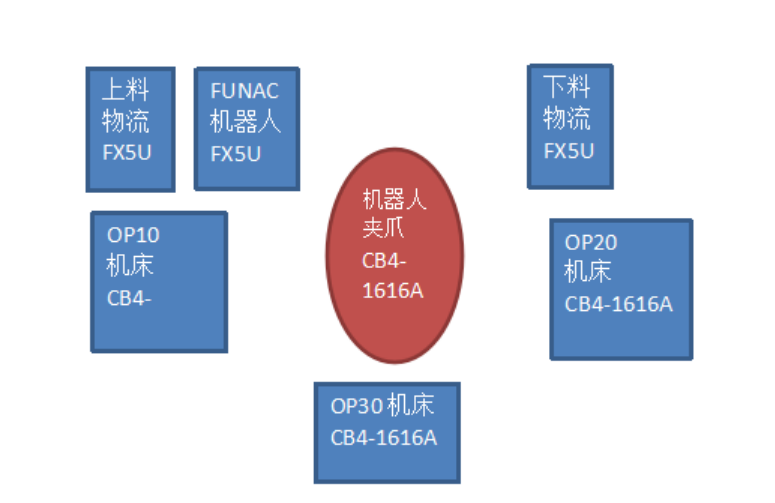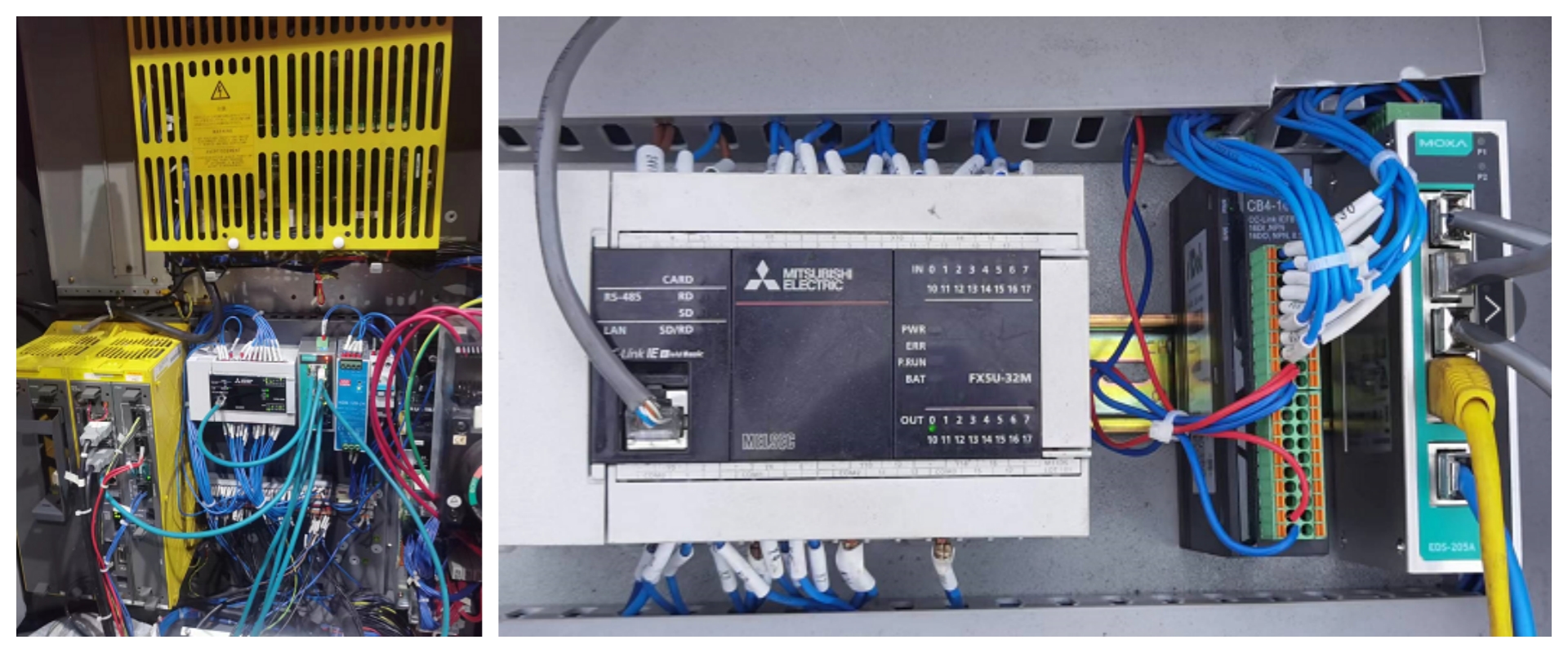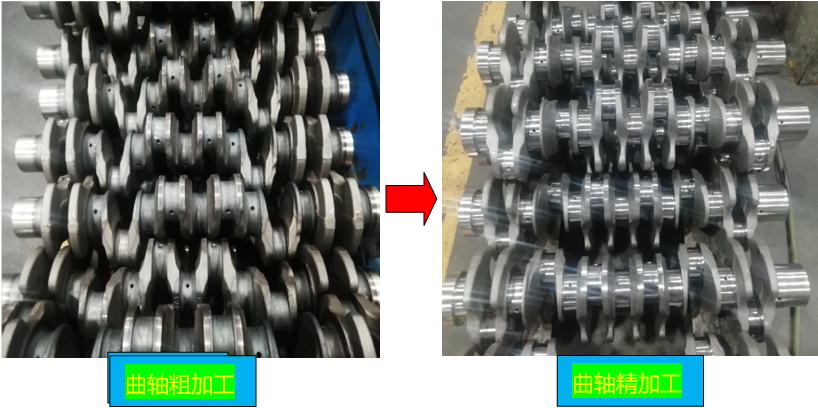Application of Solidot CC-Link IE Field Basic protocol products in the automobile industry
SOLIDOT Technology has a long-term good relationship with Mitsubishi Electric. SOLIDOT established close ties with the CLPA organization when it was founded, and has accumulated profound experience in CC-Link, CC-Link IE Field Basic, and CC-Link IE TSN protocol products over the years.
This article explains the application of SOLIDOT remote I/O for robot loading and unloading in automotive engine parts processing. The master device is Mitsubishi FX5U CPU, using the FX5U's built-in network port to communicate with the FANUC robot via the Modbus/TCP network, at the same time, the built-in network port also supports CC-Link IE Field Basic network, and can acquire switching value with the remote I/O module of SOLIDOT.
Engine Industry Background
In recent years, the domestic automobile industry has flourished. Hybrid electric vehicles(HEVs) and new energy vehicles(NEVs) are the main models promoted by the automobile industry. The government has also introduced a number of policy supports. In addition to subsidies for the purchase of NEVs, corresponding changes have been made to license plates, using bright green to promote new energy and environmental protection concepts.
The emergence of NEVs has driven the upgrading of many industrial chains in the automotive industry. As we all know, the power engine of a car is the engine. The crankshaft, as the most important part of the engine, is in short supply in the market. In response to government policies, crankshaft manufacturers have upgraded their workshops. The MES system has been added to the factory workshops, and the machine tools and equipment on each production line are connected to the Internet. This move has enabled the manufacturing equipment, manufacturing process, and core technology of the production line to achieve a comprehensive leap, promoted and realized intelligent manufacturing, improved production efficiency, reduced costs, and brought the entire crankshaft production line to a good state.
CB4 Series Integrated Module in Automatic Loading and Unloading of Engine Crankshafts
The engine crankshafts range in weight from 20kg to 200kg. Previously, manual labor and overhead cranes were used to move the workpieces through each production process. The introduction of KUKA and FANUC robots has significantly reduced the need for manual labor. The forged crankshafts go through various machining processes, including loading and unloading logistics, finish milling, finish turning, straight oil holes, angled oil holes, semi-finish grinding of the connecting rods, semi-finish grinding of the main shafts, finish grinding of the main shafts, finish grinding of the connecting rods, large bit drilling, small bit drilling, sampling inspection, handover stations, polishing machines, and deburring machines. The robot control cabinet FX5U, with FANUC robots, performs the loading and unloading tasks for the machines. Each unit is equipped with an FX5U for both loading and unloading logistics.

Machine tool process

▲ FANUC Motion Flowchart
FANUC robot grippers have A and B claws. The detection input points (clamping position, release position, material detection) and output points (solenoid valve claw opening and claw clamping) of A and B claws are all through CB4-1616A, 16 inputs and 16 outputs.
1、Loading logistics:
The FANUC robot goes to the material loading station to grab the unprocessed crankshaft (the material loading PLC FX5U communicates with the FX5U of the FANUC robot).
2、1# Machine Tool OP10
The robot grabs the axis from the loading logistics and performs it on the 1# machine tool. It first grabs the material with the B claw and then releases the material with the A claw. The machine tool's emergency stop, online, loading request, unloading request, loading completion, unloading completion, and the robot entering the machine tool area are realized through the remote CB4-1616A.
3、2# Machine tool OP20:
The robot grabs the axis from machine tool 1 and performs it on machine tool 2, first using claw A to grab the material and then claw B to release the material. The machine tool's emergency stop, online, material loading request, material unloading request, material loading completion, material unloading completion, and the robot entering the machine tool area are realized through remote CB4-1616A.
4、3# Machine tool OP30:
The robot grabs the axis from machine tool 2# and performs it on machine tool 3#, first grabbing the material with claw B and then releasing it with claw A. The machine tool's emergency stop, online, material loading request, material unloading request, material loading completion, material unloading completion, and robot entering the machine tool area are realized through remote CB4-1616A.
5、Unloading logistics:
The robot goes to the unloading logistics and places the processed crankshaft on the unloading logistics, completing the entire process production (the loading logistics PLC FX5U communicates with the FX5U of the FANUC robot).


▲ Photo of cabinet
Advantages of using CC-Link IE Field Basic device layer network
(1) Networks can be built using a smaller configuration
(2) Simple startup and troubleshooting
(3) Coexistence with TCP/IP communications
(4) An increasing number of connectable products

▲ The evolution from crankshaft rough machining to crankshaft finishing
CB4-1616A Product Introduction
SOLIDOT is a well-known domestic I/O manufacturer. CB4-1616A supports CC-Link IE Field Basic network, with a total of 16 input points and 16 output points.
The I/O on site is relatively scattered, with I/O collection for robots and interactive signals for machine tools, and the machine tools on site are separate and independent. CB4-1616A is an integrated I/O module that only requires 1 network cable and 1 power cable to achieve power supply and communication, making wiring very convenient and fast.
CB4-1616A is an integrated I/O module with both input and output. It takes up very little space and is easy to install in cabinets, which is economical.
